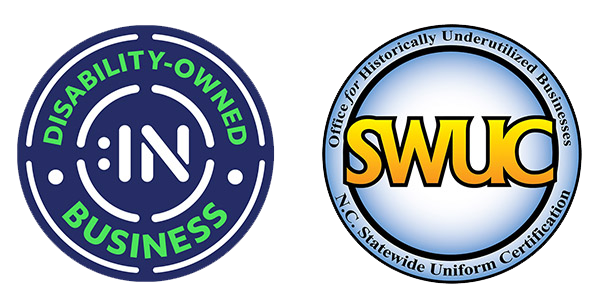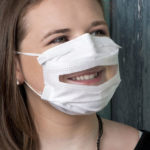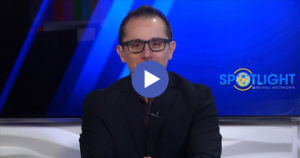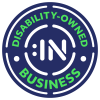How Mask Mandates Are Impacting Students’ Ability to Learn
April 30, 2021 2021-06-25 20:01How Mask Mandates Are Impacting Students’ Ability to Learn
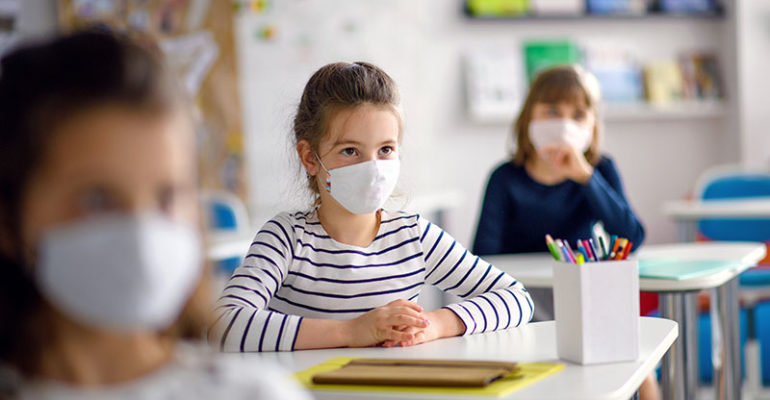
How Mask Mandates Are Impacting Students’ Ability to Learn
Compliance with mask mandates during the past year has impacted students’ and teachers’ ability to communicate clearly and effectively in the classroom. There is potential for frustration between students and teachers trying to adequately communicate in the classroom.
Adele Vensel is an elementary school teacher who started her career in the classroom in 2006. The public school she teaches at has been wearing masks since October 2020. In a phone interview, Vensel stated teaching in the last year has been quite difficult and there are extremely noticeable differences in the quality of communication since pre-pandemic communications.
Vensel explained that communication has become harder and requires much more effort to understand someone especially with strict mask mandates. Communication breakdowns are more frequent.
“Having the mask on blocks facial expressions so all of the nonverbal communication is hindered. Cues are not able to be seen and you can only see someone’s eyes.” The importance of nonverbal cues are coming to light with the extensive and strict mask use surrounding COVID-19.
Vensel describes mask wearing in the classroom as you are listening through a tunnel and everyone is constantly having to repeat themselves. Sometimes you have to get closer than 6” to understand someone. The voice articulates words but the face gives meaning to those words.
Masks make phonetics and nonverbal cues nearly impossible to grasp for younger students. “Mask wearing has impacted everyone in the classroom, especially kindergartners learning letters and sounds for the first time” Vensel stated.
The students in these types of programs are having to learn the fundamentals of language through auditory instruction only since the visual instruction is impaired. Depending on the type of mask worn, speech can be muffled which further decreases communication comprehension.
The same frustration can be applied to speech therapy or ESL programs that require facial and nonverbal cues. Vensel stated that she can barely understand the difference between the name “Liam” and “Mia” when masks are being worn. “I do not think people realized how much communication is nonverbal or how many people relied on lip-reading to understand people,” Vensel stated.
Even with a fully developed vocabulary and understanding of phonetics, Vensel still struggles to understand someone that is on the other side of the classroom. She mentioned that the sound is so muffled talking through a mask and people are having to speak louder for others to understand compared to the level of normal conversation without a mask.
Even online instruction has its challenges. “You are able to see student’s faces online but you cannot see their body language and there are not real-time interactions” Vensel stated. She went on to say there could also be visual distractions while students are online and students are not able to give the teacher their full attention.
Online learning does not seem to be much easier; younger students have limited knowledge and sometime access of technology and there can be bandwidth issues with so many people using the internet.
Vensel stated that student’s academic performance has remained about the same since pre-pandemic but students are needing to put much more effort and time into learning the material just because of the way masks are impacting communication.
When asked about possible solutions for the mask interference with communication, she explained different type of PPE. She mentioned that there were some students using face shields in class and she was able to see their entire face. There are also surgical-grade face masks with a clear window around the mouth that allow for people to lip-read. A creative solution she has seen other teachers do is use a microphone so students can hear the teacher better.
With a bachelors in Fine Arts and a masters in Teaching, Vensel loves interacting and being with students and she is currently working towards a doctorate degree in teaching. She hopes that everyone can manage with the difficulty in communication until it is safe to not wear masks. “Mask wearing has been a struggle but hopefully we will be back to normal for the fall semester,” Vensel stated.
Purchase Online
Featured Deaf Leader
Recent Articles
